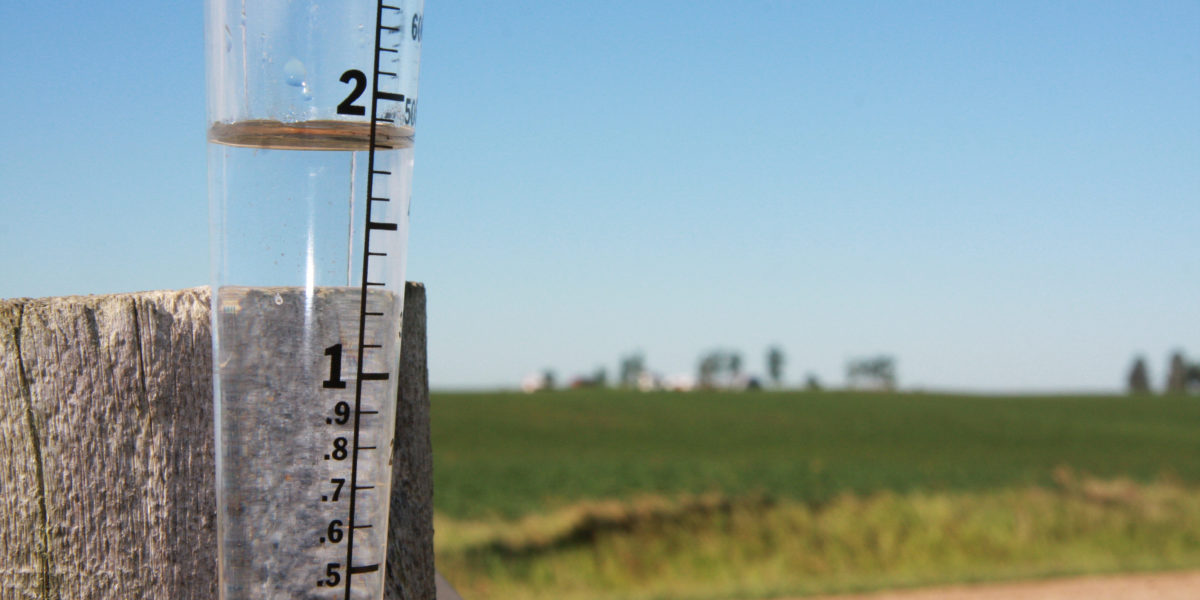
Winter Storms Wash Drought Almost Completely off California Map
Parts of California have sustained severe flooding. The silver lining: Drought has been almost literally wiped off the map

Back-to-back storms hammering California this winter have nearly washed drought off the California map.
After the recent atmospheric river, only a lingering sliver of “moderate drought” conditions remains near the Oregon border.
The federal Drought Monitor Map, one way to measure drought that’s mainly used in agriculture, shows two percent of the state with “moderate drought” conditions and 13 percent abnormally dry in its Feb. 28 report.
Only a week ago, one percent of the state was in severe drought, four percent in “moderate drought,” and 33 percent abnormally dry.
Three months ago, four percent of the state was in “extreme drought,” 18 percent in “severe drought,” 83 percent in “moderate drought,” and the rest abnormally dry.
ALSO: From 20 inches to drizzle: Bay Area records massive gap in rainfall totals
The Drought Monitor Map indexes several factors; the ones state water managers watch most closely are precipitation totals and reservoir and snowpack levels. This season, all are looking promising for California’s water supply.
The state has measured more precipitation in January and February than recorded in all of 2018, and reservoirs have benefited.
The state’s largest reservoir, Shasta Lake, is 117 percent above its historical average and at 85 percent capacity. The Northern California water reserve shot up 39 feet in elevation in February alone and is now only 24 feet from its rim. And all the while, the U.S. Bureau of Reclamation has been conducting customary releases for flood control and environmental factors.
The much smaller Lake Folsom near Sacramento is 110 percent of its historical average and Don Pedro west of Yosemite National Park is 116 percent.
“Even Oroville, which was kept low for construction, is 85 percent above the annual average,” said Chris Orrock, a spokesperson for the California Department of Water Resources.
And then there’s the Sierra Nevada snowpack. DWR officials conducted an official snow survey on Feb. 28 and observed more than double what they measured last month at Phillips Station near Echo Summit. The snow depth was 113 inches, with a snow water equivalent of 43.5 inches, according to a news release.
State water managers and farmers are dependent upon knowing the amount of water the snowpack holds. Their plans for the year ahead are based on the results of a key snowpack survey conducted around April 1, when snow levels peak.The Drought Monitor is a joint effort of NOAA, the USDA and the National Drought Mitigation Center at the University of Nebraska-Lincoln. A map is released each week with drought conditions across the country, indexing everything from groundwater storage to river levels.
“This isn’t the right map for water resources drought depiction in California,” Mike Anderson, California’s state climatologist, told SFGATE for a previous story looking at the Drought Map. “Instead it is a reflection of what the natural landscape is experiencing relative to the seasonal precipitation and runoff, relative to average conditions.”